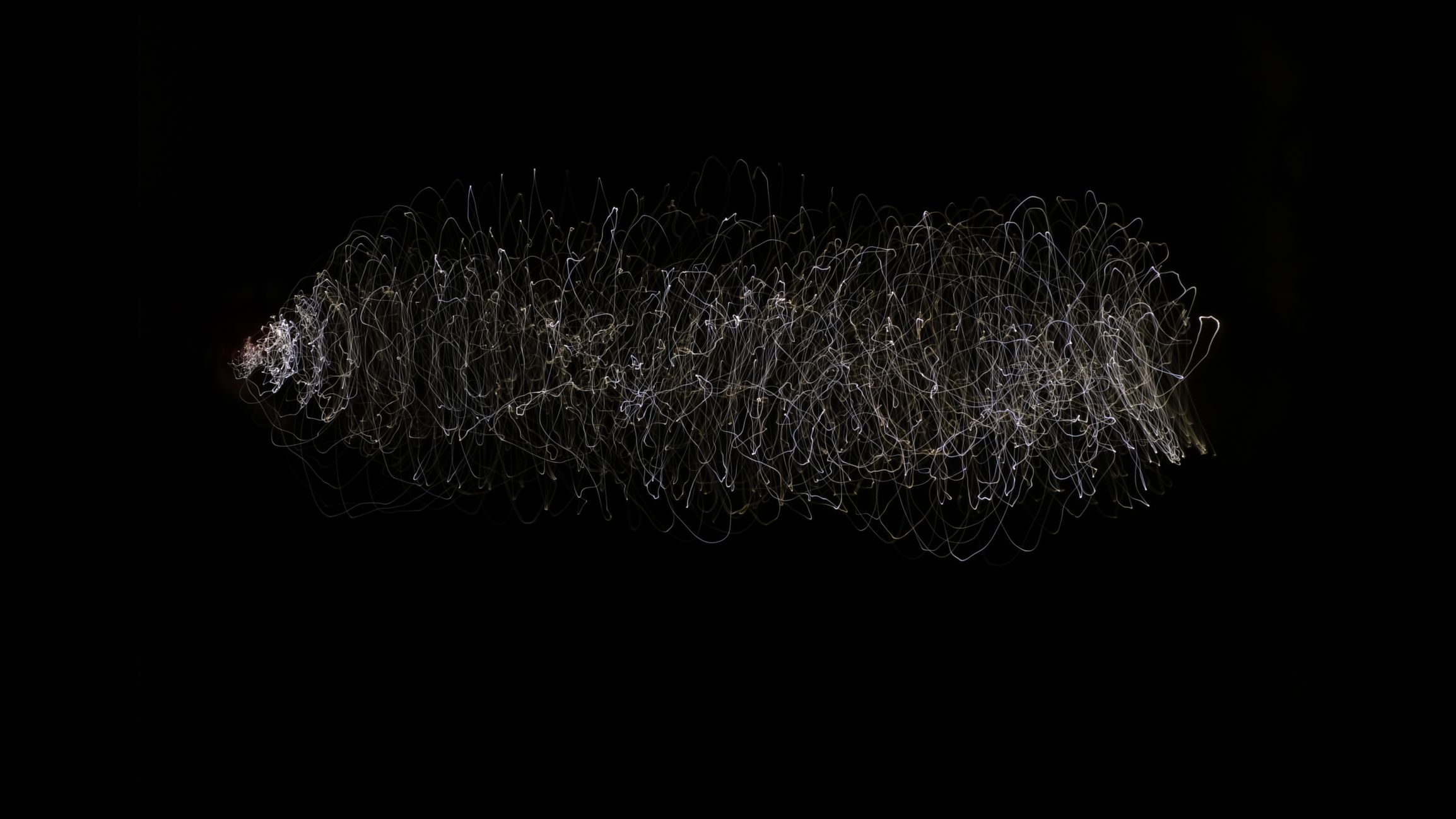Marconi: Between Earth & Air
Spark Gap



Marconi is famous for leading the development of radio technology.
He won the Nobel Prize in Physics in 1909 “in recognition of contributions to the development of wireless telegraphy.”
Much of his work was inspired by — and built on — the theoretical discoveries and practical inventions of others who had made key contributions to early wireless communications.
Marconi brought this oscillator (or spark gap) with him when he travelled to London from Italy in 1896 .
He used it for many of his early experiments and demonstrations.
It’s named a “Righi Oscillator” after Augusto Righi, a Professor at the University of Bologna.
Righi was a family friend who taught Marconi, encouraging his experiments.
An oscillator generates radio waves.
It is connected to an induction coil (like this), which produces high-voltage pulses.
Charge builds up on the surface of the two outer spheres which is discharged in sparks: first between the inner and outer spheres, then between the two inner spheres.

The early days of radio would feel as wondrous to us as they did to Victorian audiences, with sparks and signals conjured from the ether.
Also among Marconi's luggage as he travelled from Italy to London in 1896 was this lacquered black box.
He used it in a famous public demonstration in London's Toynbee Hall in 1896, which caused a sensation and made Marconi a celebrity.
“The apparatus shown at the lecture consisted of two plain boxes which were placed at opposite ends of the hall.
“The current was set in motion in one box, and immediately a bell was rung in the other.”
Branly Coherer
The metal filings inside the glass tube are sensitive to radio waves and act like a switch, turning on a circuit.
The brass sphere is a tapper, which resets the coherer, switching off the circuit.
This is an off-the-shelf relay (a switch which turns on a more powerful circuit).
When the coherer detects a radio wave, it powers the relay. The relay then activates the circuit with the bell and the coherer tapper.
The tapper resets the coherer, which turns everything off.
The batteries power the two circuits.
"a decorous degree of showmanship"
W. J. Baker





